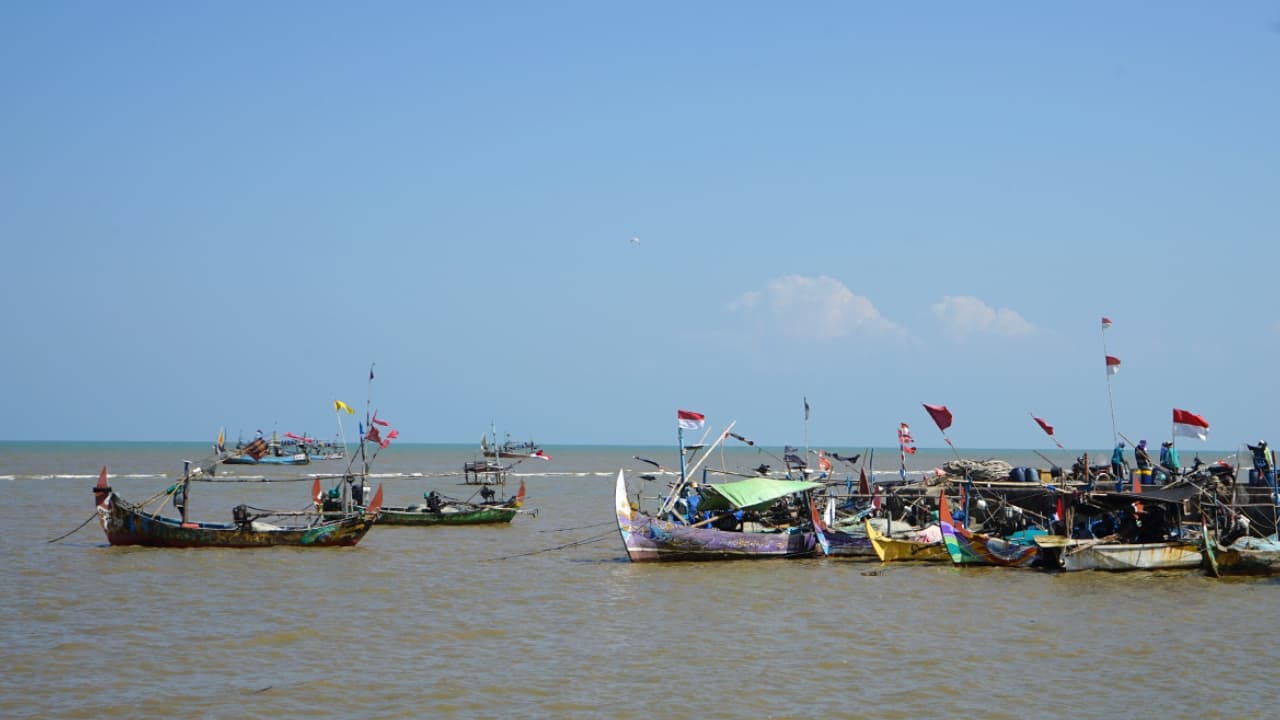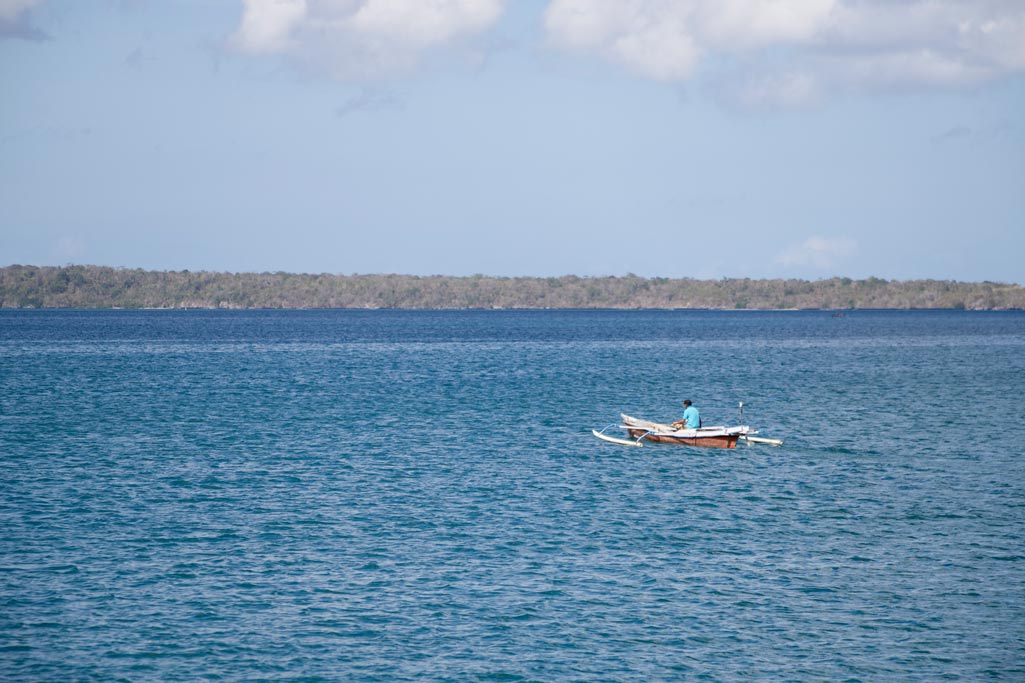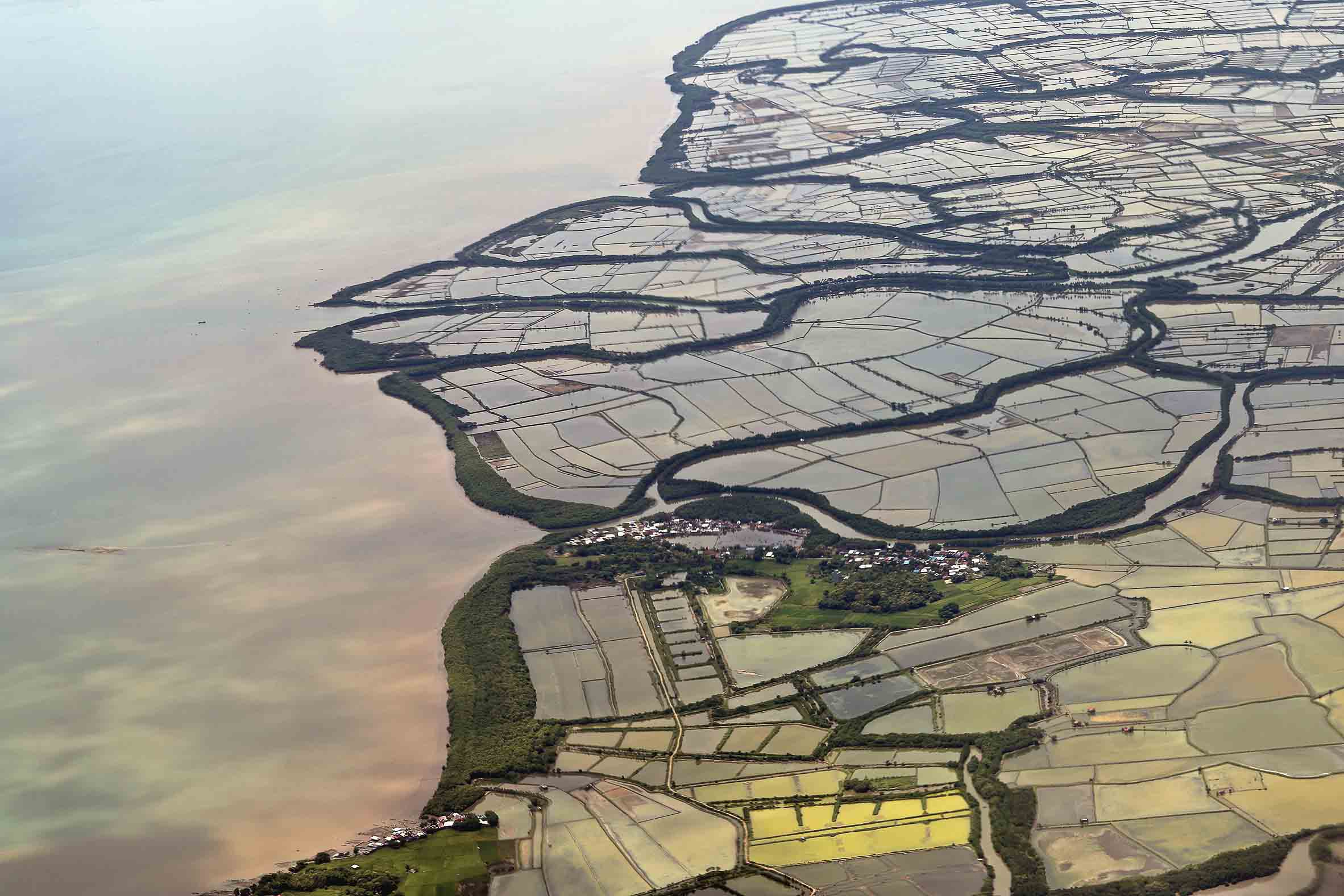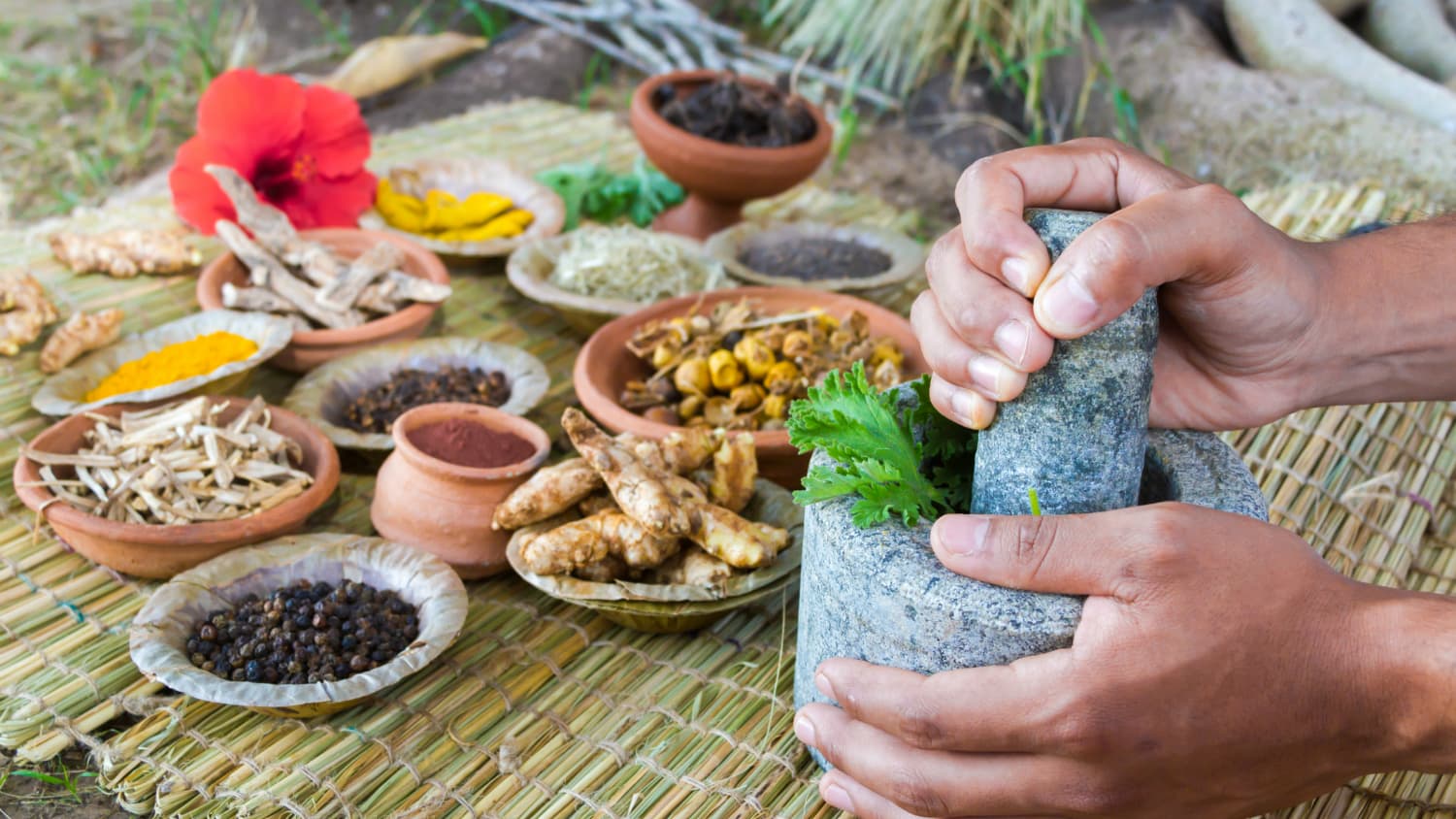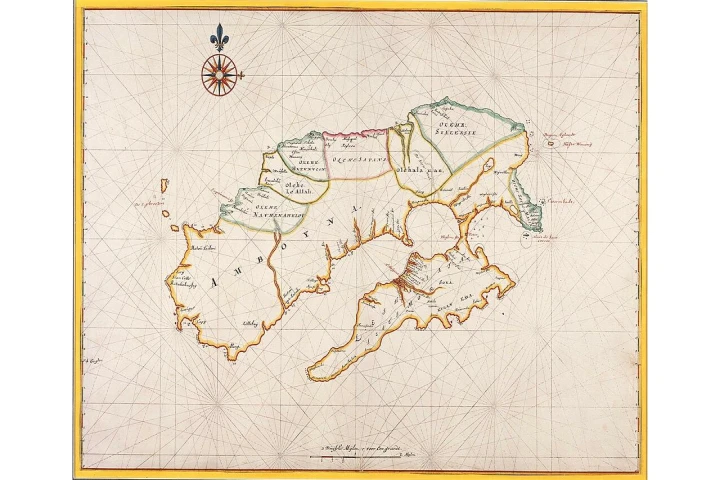
Makassar city was known as a trading port since the first half of the 16th century. Trade explosion became one of the two significant reasons following the existence of this trade city. People of Makassar were enthusiastic to welcome the trade, either spices or other commodities, such as rice and woven fabric.
The second reason is the conquest of Malacca and Portuguese in 1511 to dominate the Strait of Malacca. It triggered the rising of an alternative route across the Peninsula, through the west coast of Sumatera to the Sunda Strait. This shift gave rise to intermediary ports, such as Aceh, Tenasserim, Ayutthaya, Patani, Pahang, Johor, and Banten, Manila, Makassar, Brunei, Kamboja, Gampa, and Hoi An.
Malacca and Makassar developed their trade relation in 1558 to sell spices, fragrances, and other foodstuffs. The Portuguese also maintained a trade relation with Makassar by purchasing nutmeg, mace, and clove every year. Makassar got the spices from the Javanese and Malays, who transported them from Banda Islands. The Bandanese also took a role in distributing the spices to Makassar city. Other than spices, the Portuguese also obtained the Makassar’s main domestic product—rice.
In addition to the domination of the Portuguese, Malay merchants coming from Johor, Pattani, and other places in the Malay Peninsula, also dominated the trade of Makassar. Carrying Chinese goods, vessels from Siam even came to trade in Makassar. The Portuguese and Malay merchants cooperated in the trade between Makassar and Malacca.
In the 17th century, Makassar city gained popularity as a clothing exporter from Nusantara. Makassar strengthened the process by turning itself into the center point of the spice trade and conquering the export centers of Sumbawa (1617) and Selayar. In its early stage of export expansion, Maluku became one of the most prominent markets. Their clothes gained popularity due to the solid and fine weave and brilliant colors, specifically, the checkered pattern the Muslims adored.
Other than spices—including pepper from Banjarmasin and Jambi—rice and local fabric were other commodities to trade here. Could not escape from its dark side, there were also slave trades of men and women conducted by the Portuguese in the city.
Contributing to the rapid advancement of the trade, we cannot leave behind the role the Malay community took. Alongside Bandanese and Javanese, the Malay fleet dominated the spice trades from and to Makassar. The Dutch attack and the shifting of trade to the hinterland of Java under the influence of Mataram led the Makassar fleet to play a central role of this route.
We can see the remaining spice routes’ traces in Makassar city from the past in the cultural heritage, such as Somba Opu, Karaeng Pattingalloang Museum, and Thian Ho Kong Temple.
_______
Source:
Razif & M. Fauzi. Jalur Rempah dan Dinamika Masyarakat Adat Abad X-XVI: Kepulauan Banda, Jambi dan Pantai Utara Jawa. Jakarta: Direktorat Sejarah, 2017.
_______
Text: Tiya Septiawati
Editor: Doni Ahmadi
Translator: Dhiani Probhosiwi



